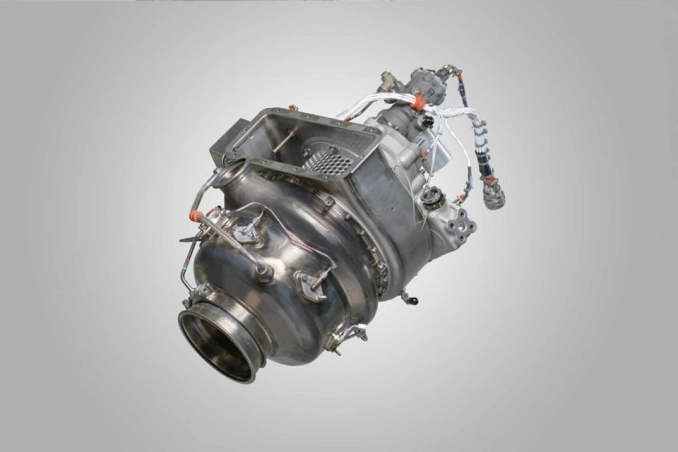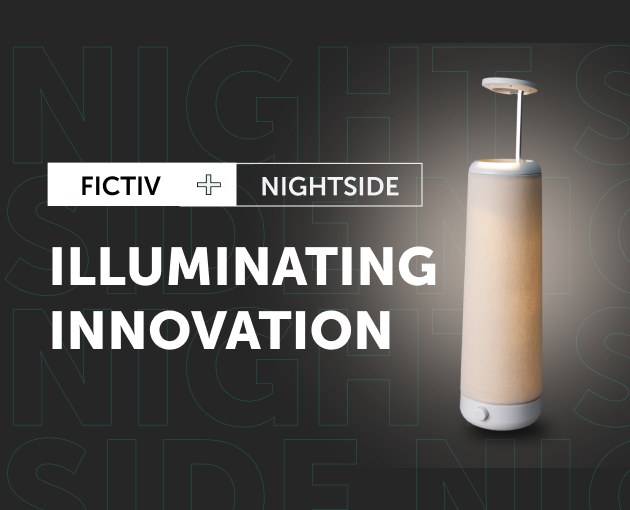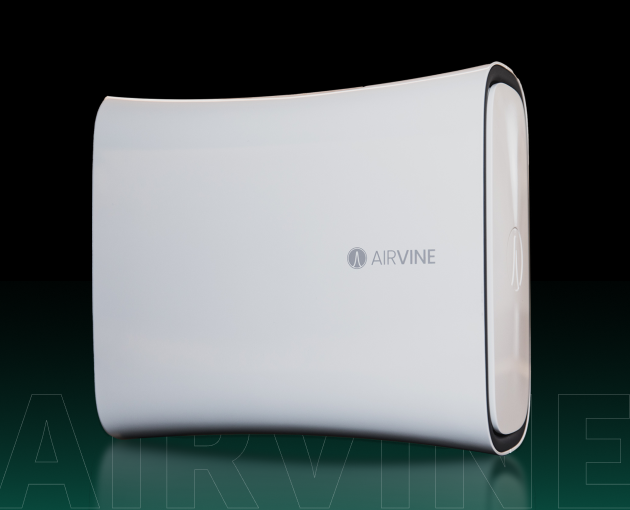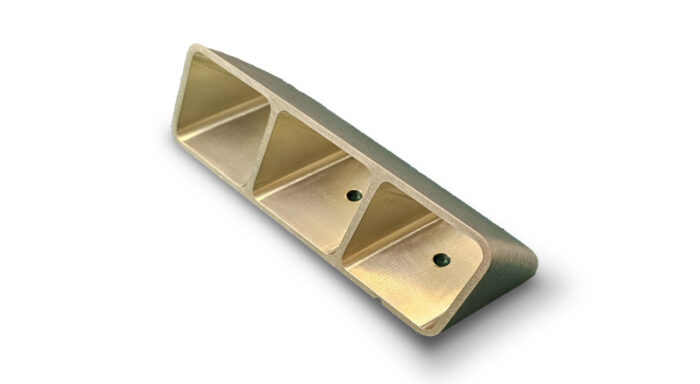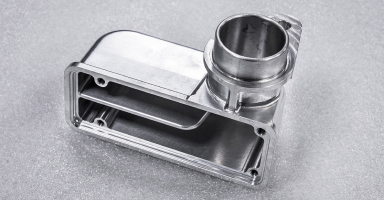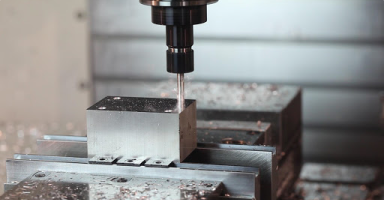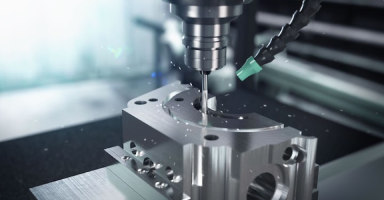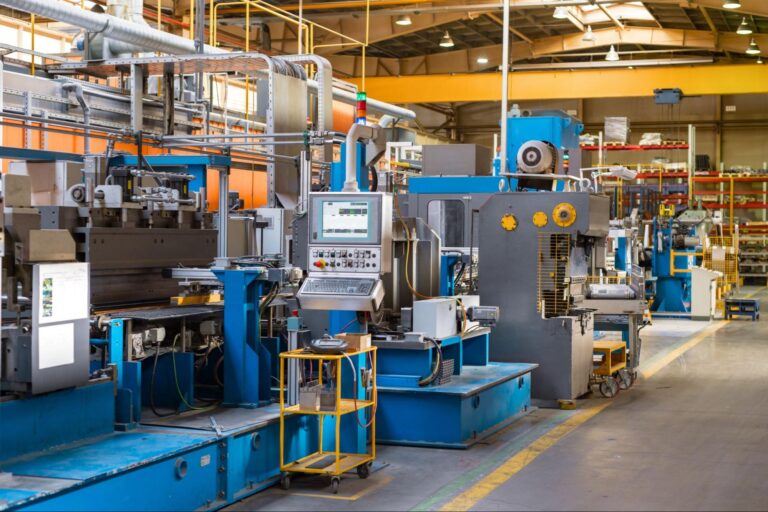Build More With Fictiv—Now Offering
Assembly Services.
Build More With Fictiv—Now Offering
Assembly Services.
x
What is Chem Film?
Chem Film, aka, Alodine™ or Chromate Conversion Coating, is a chemical treatment applied to for aesthetic reasons and to protect metals from corrosion. Alodine™ is a trademark of Henkel Surface Technology and is also known by other names such as Iridite Coating and Yellow Iridate.
Application Methods: Chem Film can be applied to metals by dipping, spraying, or brushing.
![]()
Benefits of Chem Film:
Increased electrical conductivity
How does it work?
During a Chem Film coating process, chromate ions (hexavalent or non-hexavalent) act as oxidizing agents to create a passive layer that bonds to the metal surface. This protective, enhanced oxide layer improves corrosion resistance and adhesion for paints or primers. It may also be utilized to modify the aesthetics of a part.
Chem film or Alodine™ is a proper corrosion resistant aluminum surface treatment for painting, powder coating, adhesive bonding, heat sinks, and automotive wheels.
Applications: Often used in the automotive industry on bumpers, grilles, and other car exterior parts, as well as precision machining parts in the manufacturing industry.
Masking for Chem Film
Your parts may require masking if you have tight tolerances on your threads or holes. This may even be applicable for a thinner, type II Mil-DTL-5541 coating. Masking may be accomplished with plastic plugs, tape, or even painted liquid plastics. Masking should be called out on a drawing with notes. If you have questions about masking or plugging, contact one of our experts today.
Color Variation with Chem Film
The simplest way to evaluate a conversion coating is to observe a continuity in appearance, smoothness, and adhesion to the base metal. Visual examination is performed to ensure that proper cleaning and coating procedures are used so a coating with sufficient protection exists over the entire part., Materials qualified per MIL-DTL-5541 produce coatings that range in color from clear/colorless to iridescent yellow, brown, gray, or blue.
The following may impact color uniformity:
a. When several alloys are processed with the same conversion chemical, color may vary from alloy to alloy. This is due to the composition differences amongst alloys.
b. Due to the high level of impurities and oxidation on the surfaces of aluminum welds and castings, color may not be as uniform as it is in treating wrought alloys.
c. Conversion chemicals may drip and cause dark spots when the parts are lifted out of the treatment tank. A small amount of spotting is generally acceptable but can be minimized by rinsing after treatment and using proper racking techniques.
Visual examination does not reveal if the protective value of the coating has been impaired by contamination or by overheating during drying. If a clear coating is required, inspection difficulties may arise because visual inspection does not reveal the presence of a coating.


